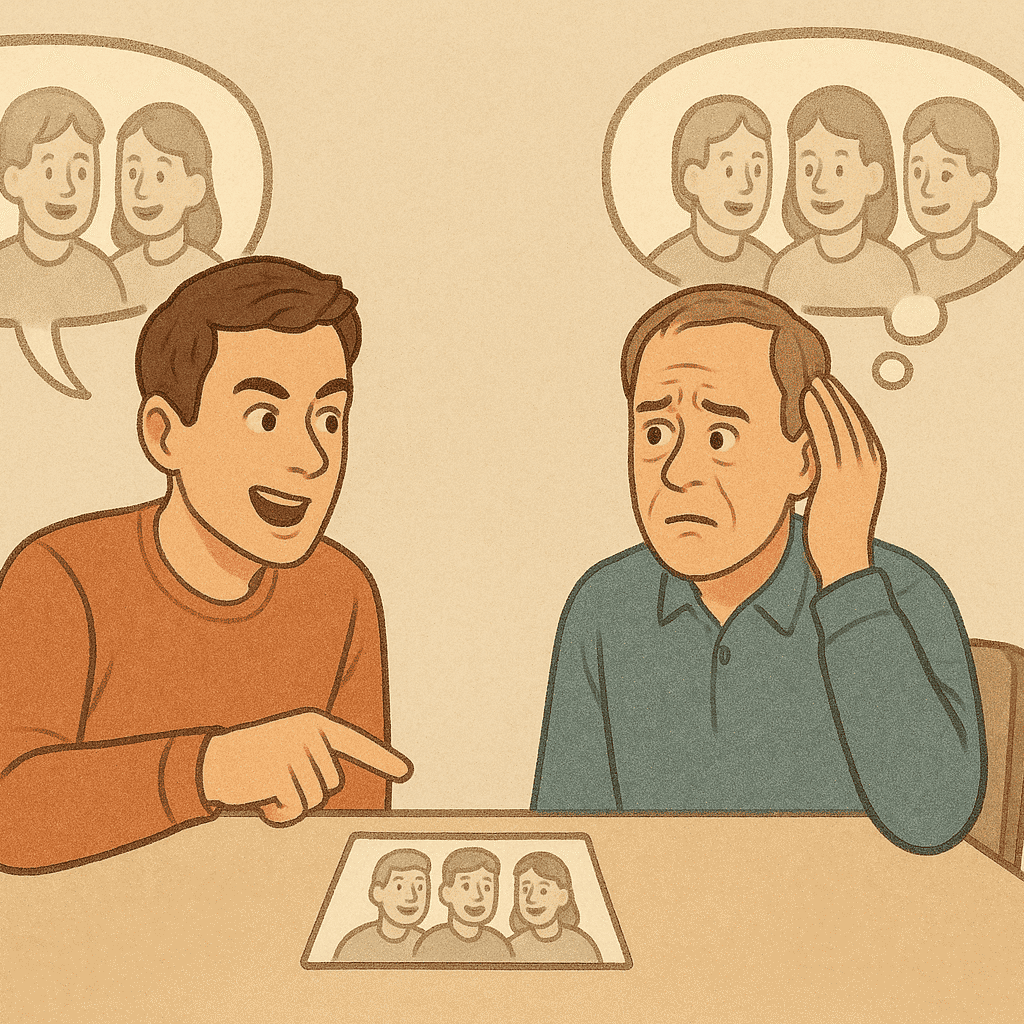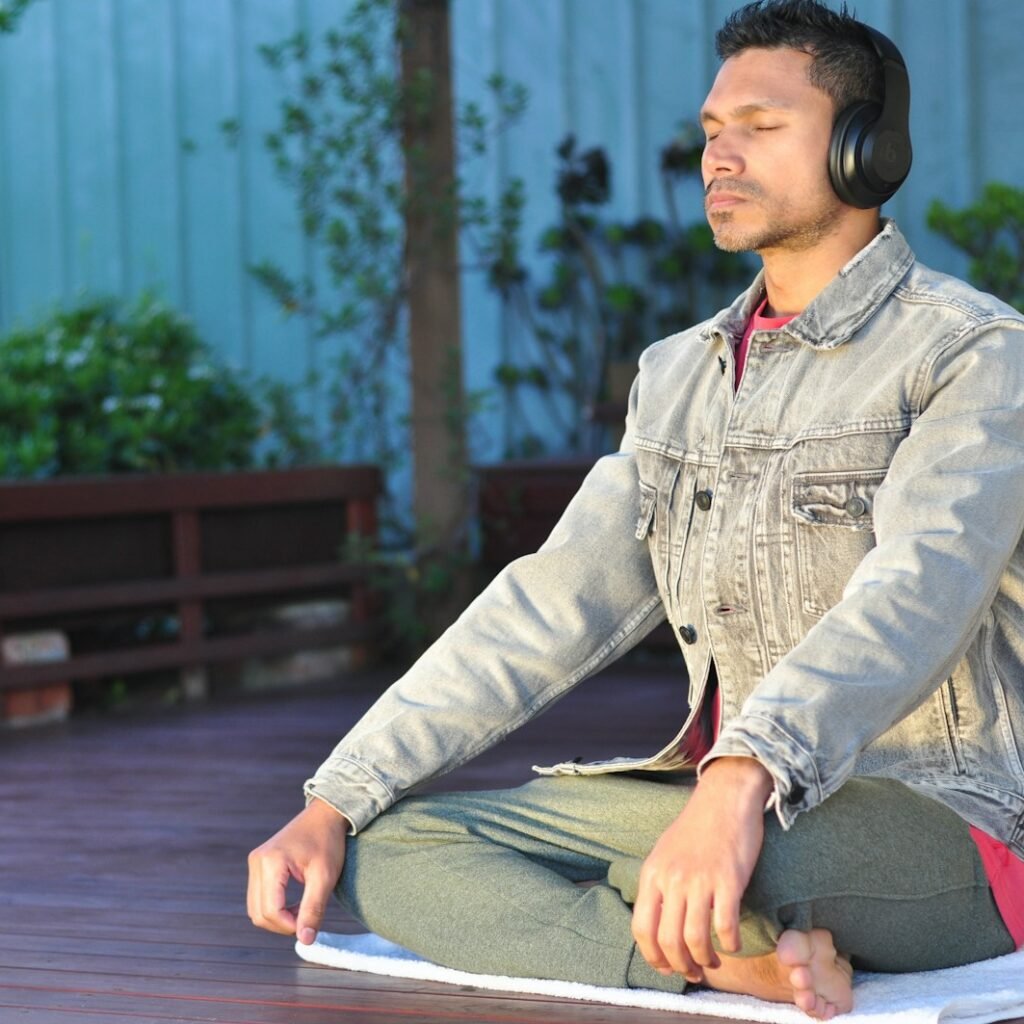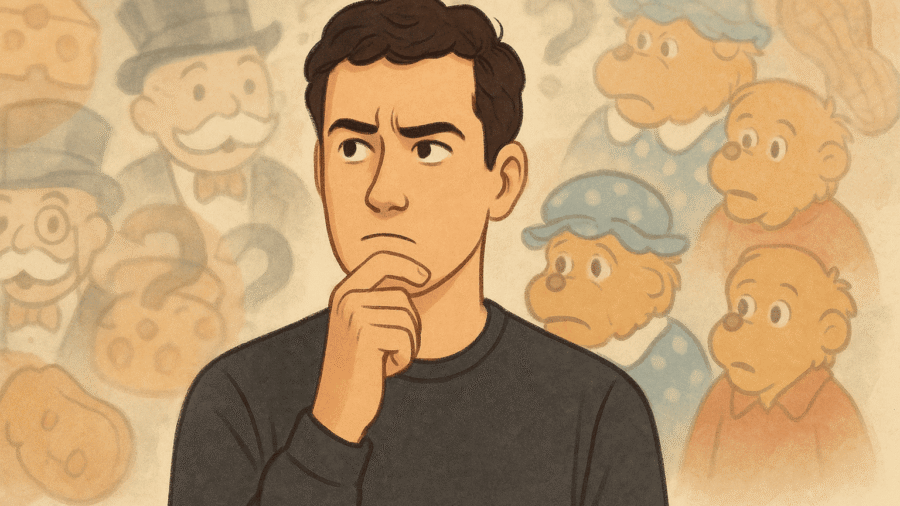Have you ever been so positive that something happened down to the details only to find out that it never happened at all? Or maybe you share the experience with someone yet the person you shared the situation with you is remembering a different aspect of it, and you are also remembering another aspect? Sometimes, you might even remember things so vividly that it feels impossible they are not real.
These confusing experiences are often called the Mandela Effect. They can shake your confidence in your own mind. But what if you are not alone in experiencing them? What if there is something deeper at play, something that affects many of us, quietly shaping how we remember our lives?
Let us explore why memory is not always what it seems… and why some of the things we remember so clearly might not have happened at all.
What Is the Mandela Effect?

The Mandela Effect occurs when a majority group of people remember an event, detail, or fact differently from how it actually happened.
This effect was named after the false memory of that Nelson Mandela died in prison in the 1980s. Many people around the world believed that Nelson Mandela, the former president of South Africa, died in prison in the 1980s. Some people even claimed they remembered seeing his funeral on the news.
But that never happened. Mandela was released from prison in 1990, after 27 years behind bars. He later became South Africa’s first Black president in 1994.
So how did so many people remember something that never happened? That is the question led Fiona Broome, a writer and researcher, to give this strange memory mistake the name: the Mandela Effect. Since then, it has become a way to describe shared false memories that feel incredibly real even when they are not.
When Memory Betrays Us
There have been many studies that have shown that our brains do not really store memories like a camera recording every detail. Instead, our memory works more like a jigsaw puzzle. Our minds piece things together based on what we saw, what we felt, and even what others told us later. That means our memories can easily change over time.
According to the National Institutes of Health, when we hear the same detail repeatedly especially from people we trust or in familiar places our brain can start to believe it is true, even if it never actually happened. The original memory may be lost, and a new, false one can take its place. This is one of the main reasons why false memories, especially those we share with others, can feel so convincing.
Why does this feel so real?
- Neural misfires: A 2022 Psychological Study reported that people confidently “remember” visual details that never occurred like the Monopoly Man’s monocle simply because they have seen them over and over again.
- Emotional tags: The brain attaches memories with emotional weight; when strong, they feel more vivid and accurate even if built on false details.
- Group confirmation: When others share a memory, it reinforces our confidence, regardless of its accuracy.

Inside the Mind: How It Works
Memory Reconstruction and Confabulation
Our memory is not a video recording that can be played back. Through the Deese–Roediger–McDermott paradigm, researchers can plant false details by suggestion. Likewise, a 2023 meta‑analysis found that misinformation introduced after the fact regularly creates false memories.
In simple terms, researchers have discovered that if you suggest a small detail to someone like saying, “Do you remember the red car in the accident?”, the person might later believe there really was a red car, even if there was not.
This shows how easily the brain can add new pieces of information to a memory, especially when those pieces are suggested by someone else. We might not even realise the memory has changed. It still feels true because our mind has already built it into the story.
Emotional Amygdala Link
Our brain’s emotional core assigns some memories more importance. When a memory feels important, we defend it, even if it is false.
Why the Mandela Effect Gains Popularity
Collective false memories easily go viral on social media. When many people share the same (incorrect) detail, it becomes a cultural meme, spreading and reinforcing that memory even though it is inaccurate.
How to Cope with False Memories
When a memory shocks you, it can feel disorienting. These compassionate strategies can help:
- Stop and think: Accept that memory is reconstructive.
- Find credible evidence: Consult credible outside sources.
- Talk it through: Discuss with someone neutral; memory refines in dialogue.
- Use stress‑reduction strategies: Practice cognitive reframing and breathing from Proven Techniques to Manage Stress in Under 10 Minutes, especially if the memory unsettles you.
- Increase emotional awareness: Developing Emotional Intelligence helps you notice when your feelings are shaping your recollection.

False Memories in Therapy
In therapeutic settings, memory can be vulnerable. If the unfolding of a memory upsets you or appears confusing, a therapist can guide you through gently, honour your experience, and identify its origin. In some cases, grounding or mindfulness exercises can help calm the emotional reaction.
The Upside: What We Learn
Even though false memories can be unsettling, they also reveal a power: our memory system is flexible and social. That flexibility enables us to learn, empathise, and bond. The Mandela Effect reminds us of our shared humanity and our collective hope to understand ourselves better.
The Mandela Effect can shake your trust in your mind. It is human to be uncomfortable when a memory does not match reality. With evidence, emotional intelligence, and stress‑management skills, you can navigate false memories in a gentle and easy manner.



Add a Comment